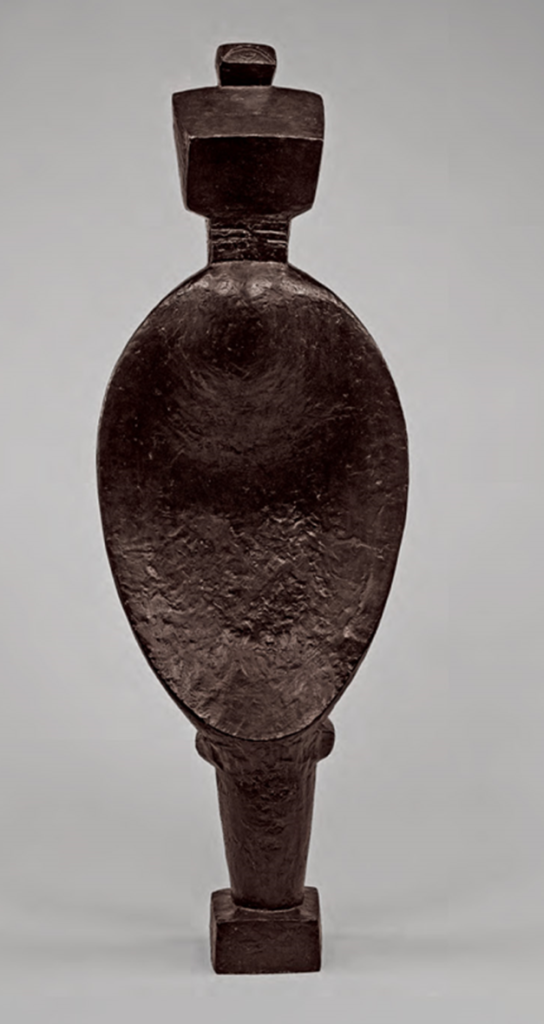
Title: Reconnecting the Threads of African History
Author: Cheikh Anta Diop, Inspired by His Work “The African Origin of Civilization: Myth or Reality (1974)”
Context: Bridging the Gap Between Ancient Egypt and Black Africa
Introduction:
As Cheikh Anta Diop famously stated, “The history of Black Africa will remain suspended in air and cannot be written correctly until African historians dare to connect it with the history of Egypt.” This profound assertion challenges the long-standing Western categorization that has often treated the cultural achievements of ancient Egypt and the diverse traditions of sub-Saharan Africa as unrelated entities. This disconnection, ironically, stems from a European-imposed construct of “Africa” as a monolithic entity, a notion that has only recently begun to be critically examined by African scholars themselves.
Historical Context:
For centuries, the rich and varied artistic expressions of West and Central African cultures, such as those of the Dan, Fang, and Pende sculptors, have been appreciated for their conceptual depth and deliberate departure from realistic depictions. These artistic innovations, emerging from the African continent, offered new perspectives that influenced global art movements. However, the forced migration of millions of Africans to the New World during the transatlantic slave trade led to a tragic homogenization and loss of specific cultural identities among the descendants of the enslaved.
Cultural Reclamation:
In the quest for self-definition and cultural reclamation, ancient Ethiopian and Egyptian civilizations have become critical reference points. As noted by historian Mamadou Diouf, as early as the late eighteenth century, these ancient civilizations were invoked to reconstruct the contributions of Black humanity. This movement gained momentum through works like W. E. B. Du Bois’s “Star of Ethiopia” (1913) and publications by the NAACP, such as “The Crisis.”
Artistic Influence:
The influence of African art on modernist movements is evident in the works of artists like Alberto Giacometti, whose “Spoon Woman” (1926-27) reflects the abstraction and stylization characteristic of African sculptures. This exchange underscores the profound impact of African artistic traditions on the broader narrative of world art.
